What is AI?
“AI” stands for Artificial Intelligence. Which refers to the field of technology and science that enables computers and machines to perform tasks typically associated with human intelligence, such as learning, reasoning, problem solving, perception, and decision-making. Artificial Intelligence is one of the most talked-about technologies of this time.
Artificial intelligence means making computers and machines smart enough to do things that people usually do, like thinking, learning, and making decisions. It’s about teaching machines to understand what is happening, learn from experience, recognize objects and speech, and sometimes even have conversations or solve problems just like a person would.
AI is technology that lets machines “think” and “learn” from information around them, instead of just doing what they’re told step-by-step.
Simple Explanation “What is AI”
AI is technology that lets machines “think” and “learn” from information around them, instead of just doing what they’re told step-by-step.
For example, a phone using AI might understand spoken words, help answer questions, or even drive a car by figuring out what’s on the road.
The goal is for these machines to get better and smarter as they gather more information, without people needing to teach them every single thing.
A Brief History of AI
While AI might seem like a modern concept, but it is a vary old topic. In 1950s, two scientist “John McCarthy” and “Alan Turing” established the foundation of AI. which we know today as the name of “AI”.
In the early years, experiments were mostly limited to computers solving math problems or playing games like chess. In 1990s, AI became more practical, with early versions of speech recognition and automated systems. Fast forward to the 2010s, the rise of big data and advanced computing power gave AI a massive boost. Suddenly, machines were able to analyze huge amounts of information in seconds. This breakthrough launched technologies like self-driving cars, advanced recommendation systems, and virtual assistants.
Types of Artificial Intelligence
AI is not a single technology but it has different levels and categories.
- Narrow AI (Weak AI): This is the most common type of AI today. It is “narrow” because it is specialized in one specific task, such as voice recognition, spam filtering in emails, or face detection in cameras. Siri, Alexa, and Google Maps are Narrow AI examples.
- General AI (Strong AI): This is the type of AI we often see in science fiction movies, where machines can think, reason, and perform any intellectual task like a human. General AI doesn’t exist yet, though many researchers aspire to create it.
- Superintelligent AI: This is a future concept where AI becomes more intelligent than humans in every possible way. While it sounds fascinating, it also raises ethical and safety concerns.
How Does AI Actually Work?
AI works by learning from data. The more information we feed an AI system, the better it becomes at recognizing patterns and making predictions. Three important processes drive AI:
- Machine Learning (ML): A method where machines “learn” from data without being explicitly programmed. For example, a machine learning model can predict what movie you might like based on your past streaming history.
- Deep Learning: A more advanced form of machine learning that uses artificial neural networks—similar to the human brain—to process large amounts of data. This is how image recognition, voice assistants, and even ChatGPT-like systems work.
- Natural Language Processing (NLP): This is the ability of AI to understand and work with human languages—whether it’s written or spoken. Thanks to NLP, chatbots, translators, and virtual assistants can interact with us naturally.
Everyday Uses of AI
AI has spread across nearly every part of our daily lives, sometimes in ways we don’t even notice:
- Smartphones: Predictive text, autocorrect, and facial unlock use AI.
- Social Media: AI personalizes your feed, recommending posts and accounts you’re most likely to engage with.
- E-commerce: Online stores use AI to suggest products based on your browsing and buying history.
- Banking: AI helps detect fraudulent activities and powers automated customer service chats.
- Healthcare: Doctors use AI systems to analyze scans and identify diseases at an early stage.
- Travel: Navigation apps use AI to give you the fastest routes and predict traffic.
If you think about it, chances are you’re interacting with AI a dozen times a day already.
Why AI is Important
AI is reshaping industries in powerful ways:
- Efficiency: Machines can perform tasks much faster and more accurately than humans.
- Cost Reduction: Automation lowers costs for businesses by reducing manual labor.
- Innovation: The true innovation of Artificial Intelligence (AI) lies in its ability to learn, adapt, and make decisions without being programmed step by step. Unlike traditional software, which only does what it’s told, AI can analyze huge amounts of data, recognize patterns, and improve over time.
- Personalization: Businesses can offer highly personalized experiences to customers.
Everyday Examples
- Voice assistants like Siri or Alexa
- Recommendation systems in apps like YouTube or Netflix
The Challenges and Concerns
While AI brings many benefits, it also comes with real challenges.
- Job Losses: Automation may replace certain human jobs, especially repetitive tasks.
- Bias: If the data used to train AI is biased, the results can also be unfair or discriminatory.
- Privacy Issues: AI relies on huge amounts of data, which sometimes raises privacy concerns.
- Ethical Risks: The idea of creating machines smarter than humans sparks debates about safety. That’s why experts emphasize responsible AI development with clear rules and ethical guidelines.
The Future of AI
The future of AI is exciting and uncertain at the same time. In the coming years, we can expect:
- Smarter personal assistants that feel closer to human interaction.
- AI in education, offering personalized learning tools to students.
- Healthcare breakthroughs with AI predicting illnesses before they appear.
- Expansion in self-driving vehicles for safer and more efficient roads.
- Strong security systems to protect against cyber threats.
While General AI (machines that think like humans) is still far away, the progress in Narrow AI has already transformed multiple industries and is set to make life more connected, efficient, and convenient.
Is AI Dangerous?
AI itself is not “evil” or “dangerous.” It is simply a tool, and the way humans choose to use it determines the impact.
Just like the invention of electricity or the internet, AI has both risks and rewards. With responsible development, regulation, and awareness, AI can be one of the most beneficial inventions of the century.
Final Thoughts
AI is more than just a buzzword—it’s a revolution. From powering your phone’s voice assistant to helping doctors save lives, AI is quietly shaping the way we live and work. Understanding what AI is, how it works, and where it’s going helps us adapt to the changes around us.
At the end of the day, AI should not be seen as a threat to humanity but as a powerful tool created by humans to improve efficiency, creativity, and problem-solving. As with any great technology, the responsibility lies in how we manage and guide it for the benefit of society.
So, when someone mentions AI, it simply means machines are doing things that, until recently, only humans could do by thinking with their brains.


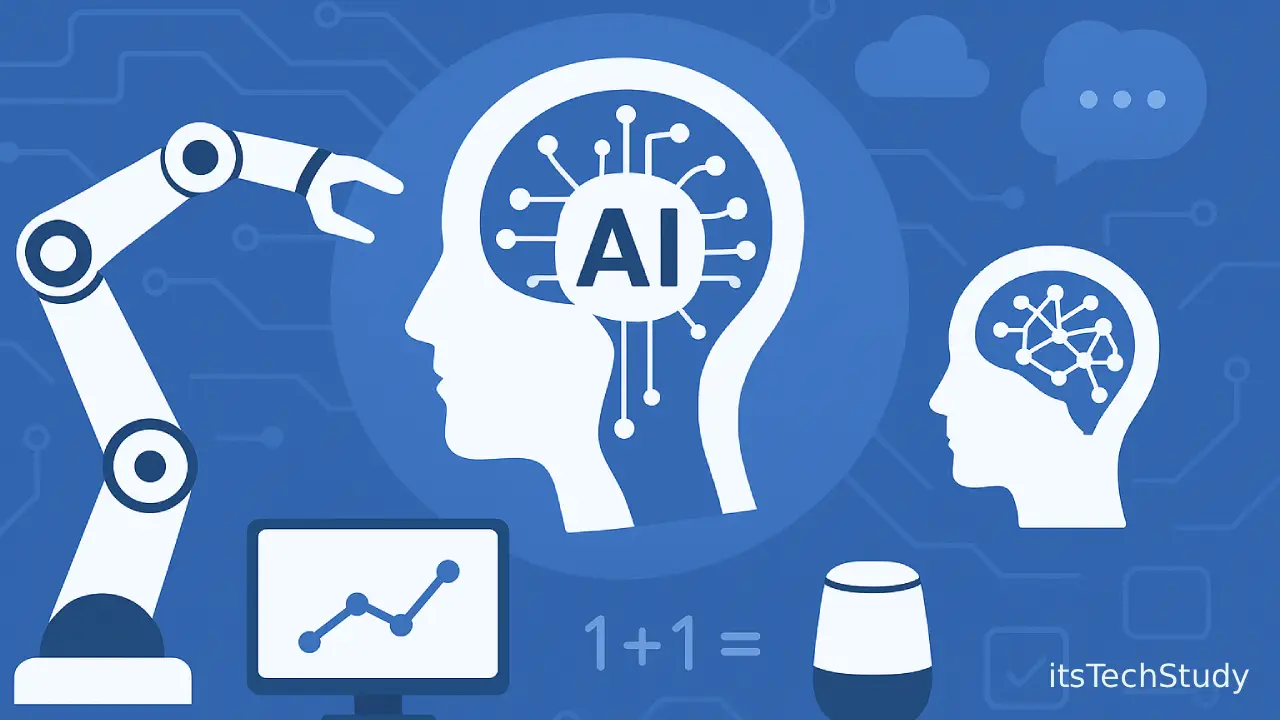

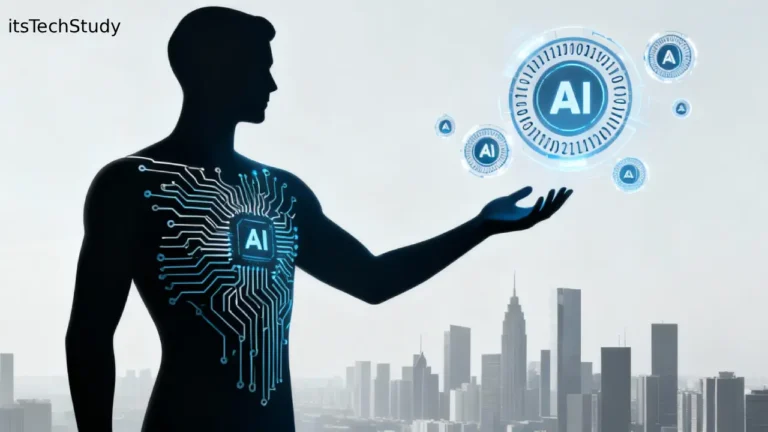
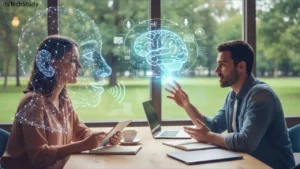


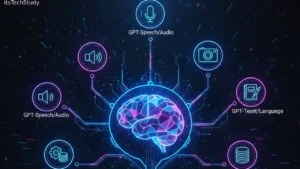
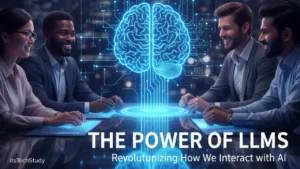

Comments (2)
[…] future of manufacturing technology will be highly intertwined with digital twins. As AI(Read more about AI), 5G(Read more about 5G), blockchain(Read more about blockchain), and edge computing technologies […]
[…] glasses are a thrilling convergence of AI(Read more about AI) breakthroughs, AR, and wearable technology. They offer the promise of hands-free access to […]
Leave a Comment